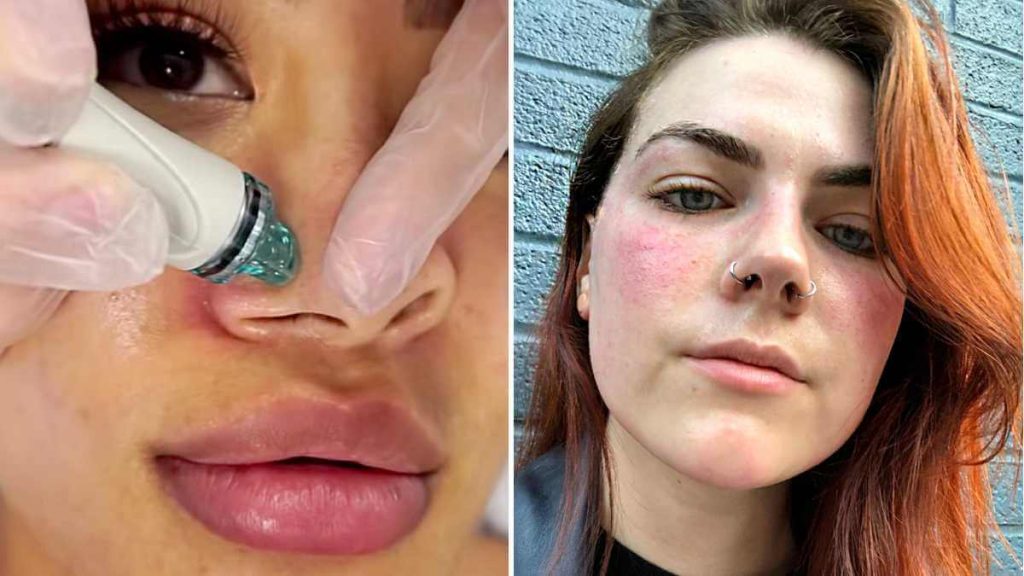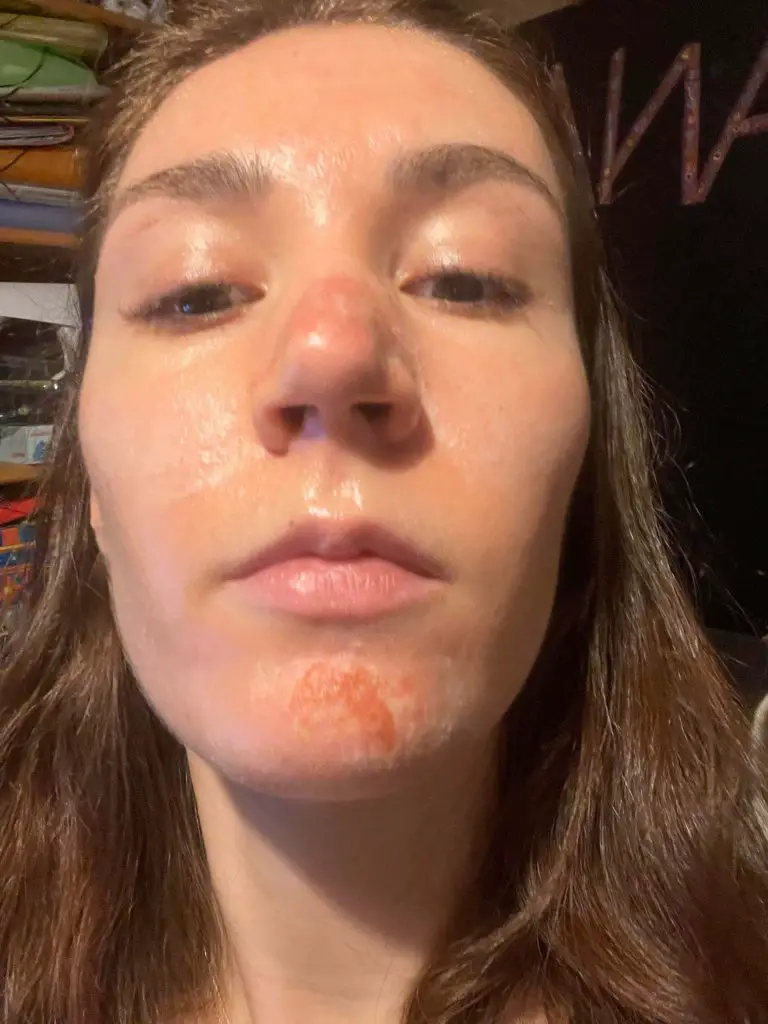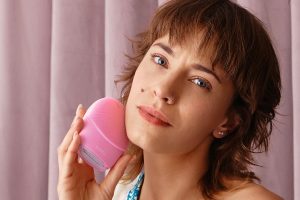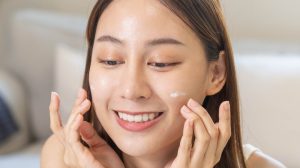The Hydrafacial is an increasingly popular facial treatment that uses a unique mixture of salon-grade exfoliators, serums, and peels to deeply cleanse, exfoliate, and hydrate the skin. Although the Hydrafacial is generally considered a safe and effective facial treatment, there are some potential side effects that you should be aware of before undergoing the treatment.
The most common side effect of the Hydrafacial is temporary redness and irritation of the skin. This is usually caused by the exfoliation and peeling process and is typically resolved within a few hours after the treatment. Other potential side effects include temporary bruising, swelling, and dryness of the skin. These side effects are usually mild and temporary, and should not cause any long-term complications.

What is a Hydrafacial?
A Hydrafacial is a nonsurgical, multistep facial that uses patented technology to cleanse, exfoliate, extract, and hydrate the skin. Hydrafacials can be tailored to each individual’s skin type and needs. The hydrafacial process can help improve the appearance of fine lines and wrinkles, hyperpigmentation, and congestion.
Is Hydrafacial Safe?
Hydrafacial treatment is generally considered safe for most people, and side effects are rare. The device is FDA-cleared, and the procedure is minimally invasive, with no downtime. Nevertheless, it’s essential to visit a licensed and experienced professional to perform the procedure correctly and avoid any potential risks or complications. Additionally, people with certain medical conditions or allergies should consult their healthcare provider before undergoing Hydrafacial or any other cosmetic treatments.
Do HydraFacials Hurt?
According to reviews from people who have had HydraFacials, the treatment is typically described as painless and relaxing. The HydraFacial machine uses a vortex-like suction to extract impurities from the pores, which can cause a slight tugging sensation, but it is not painful. Additionally, the serum infusion and hydration steps of the treatment are generally described as soothing and gentle. However, every individual’s pain tolerance differs, so some individuals may find the treatment slightly uncomfortable, but not unbearable.
Are There Risks Associated With Hydrafacial?
Generally speaking, there are some risks associated with hydrafacial results, but they are minimal compared to other skin treatments.
1. Redness and irritation: Some people can experience mild redness and irritation after the procedure, but it typically resolves within a few hours.
2. Allergic reactions: People can have allergic reactions to some of the products used during the treatment.
3. Infection: If the hydrafacial machine or products used during the treatment are not properly sanitized, there is a risk of infection.
4. Unsatisfactory results: In some cases, the results may not be as expected or desired, and there is a chance of wasting money.
5. Skin damage: In rare cases, people may experience skin damage due to the use of the suction device during the procedure. It is essential to get treatment from an experienced and licensed professional to avoid this risk.
Overall, HydraFacial is a safe and effective treatment with minimal risks. Users should take precautions and choose an experienced aesthetician to reduce the risks.
What are the Side Effects of Hydrafacial?
One potential side effect of hydrafacial results is bruising. This is usually mild and goes away within a day or two. Other potential side effects include redness, swelling, and itching. These side effects are usually mild and go away within a few days. If you experience any severe side effects hydrafacial results, please contact a doctor or medical professional immediately.

Who Should Not Get A Hydrafacial and Why?
There are some conditions when a person should avoid getting a hydrafacial.
1. People with active rashes, sunburns, or open wounds on their face should avoid getting a hydrafacial.
2. Pregnant women should consult their doctor before getting a hydrafacial.
3. People with a history of eczema or rosacea should be cautious because their skin may be more sensitive.
4. Patients who have recently undergone facial surgery or facial injections should not get a hydrafacial until the swelling and bruising subside.
5. People with skin cancer, active acne, or are receiving chemotherapy treatment should avoid getting a hydrafacial.
It is recommended that individuals consult with a licensed healthcare provider or licensed aesthetician before undergoing a hydrafacial to determine if it is suitable for their skin type and condition.
Is Hydrafacial Worth It?
Based on the reviews and feedback from people who have had a HydraFacial treatment, it can be said that the treatment is definitely worth it. Many people have reported immediate improvements in their skin texture, hydration, and radiance. The hydraFacial results and treatments are gentle, non-invasive, and has no downtime, making it an excellent choice for those who want to improve their skin’s appearance without undergoing surgery or other aggressive treatments. Furthermore, the treatment is suitable for all skin types, including sensitive skin. Overall, if you are looking for a quick, effective, and non-invasive solution to improve your skin’s health and appearance, HydraFacial is worth giving a try.
Conclusion
In a nutshell, according to medical professionals and reputable sources, hydrafacial treatment is considered safe when performed by a licensed and experienced professional. However, like any medical procedure, there may be risks and side effects, such as redness or swelling, allergic reactions, or skin infection. It is important to consult with a qualified and experienced provider before undergoing any treatment to determine if it is safe and appropriate for your skin type and concerns.



